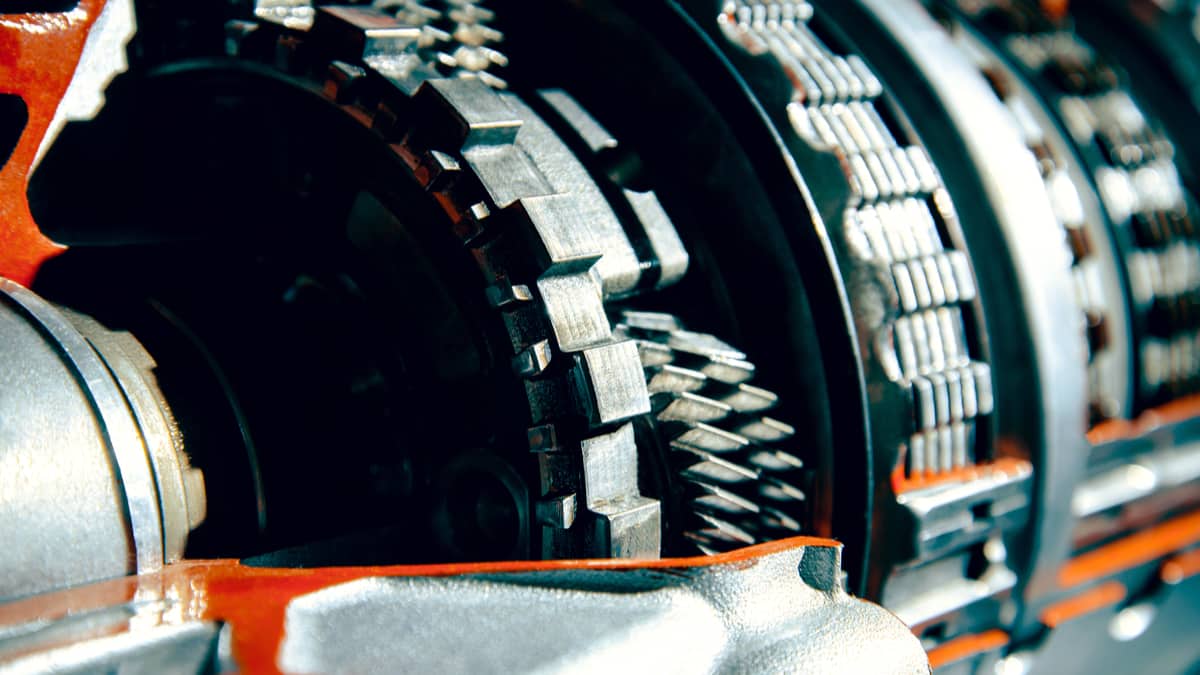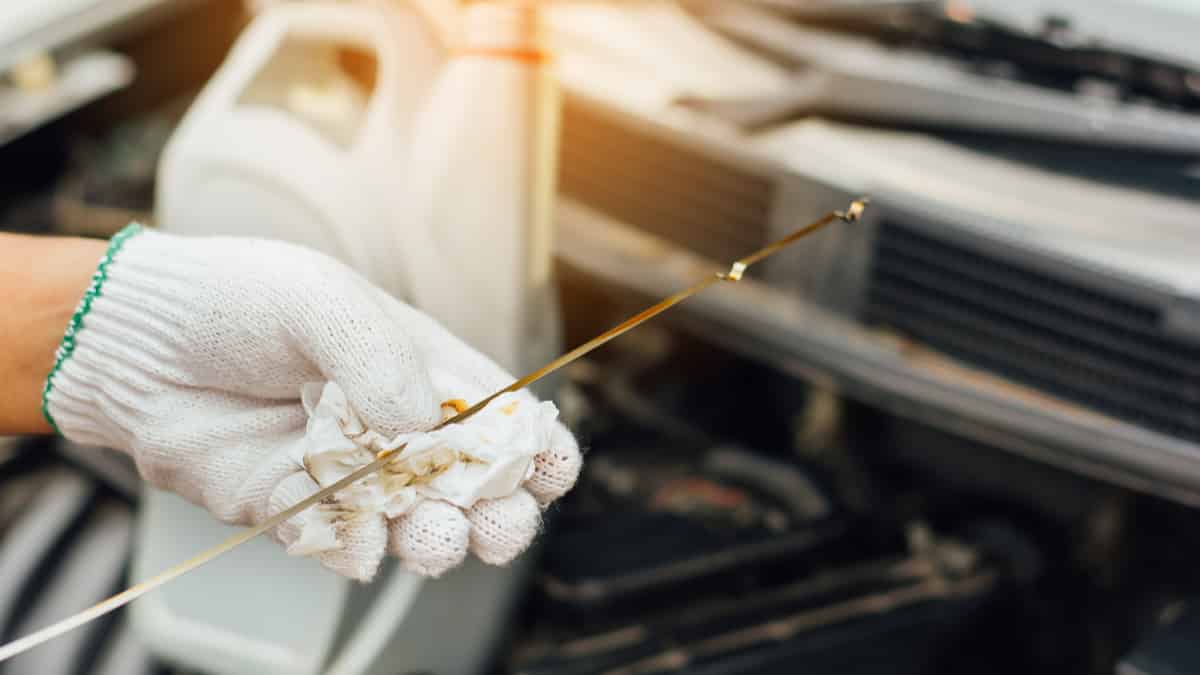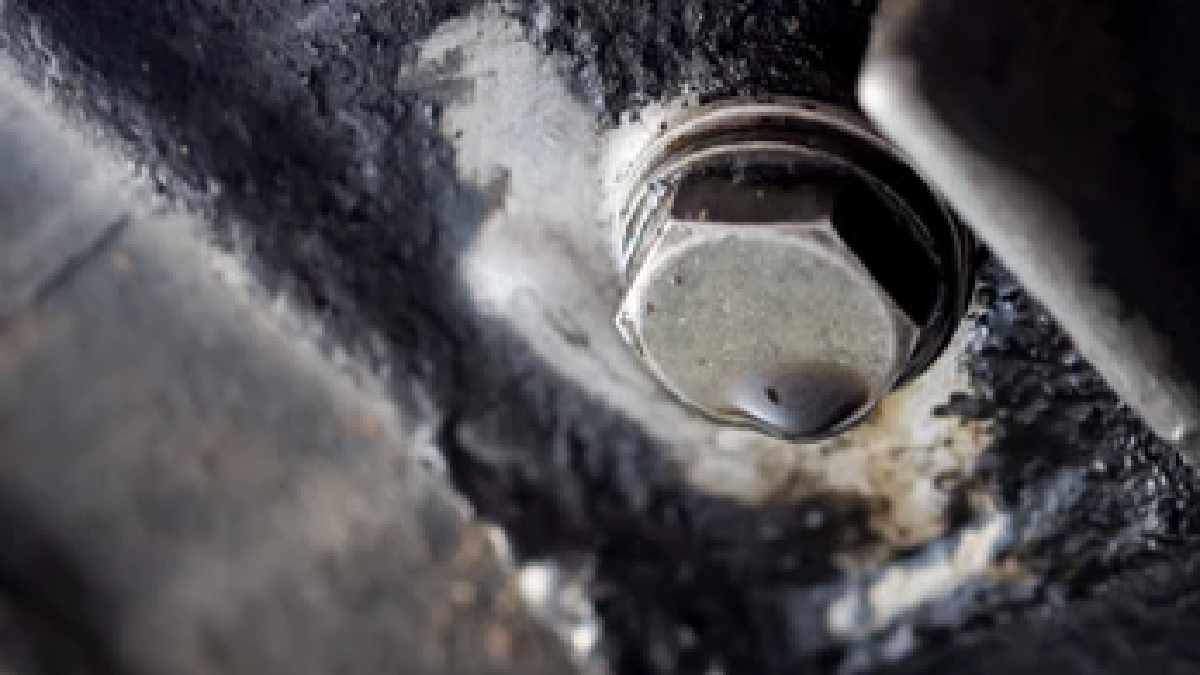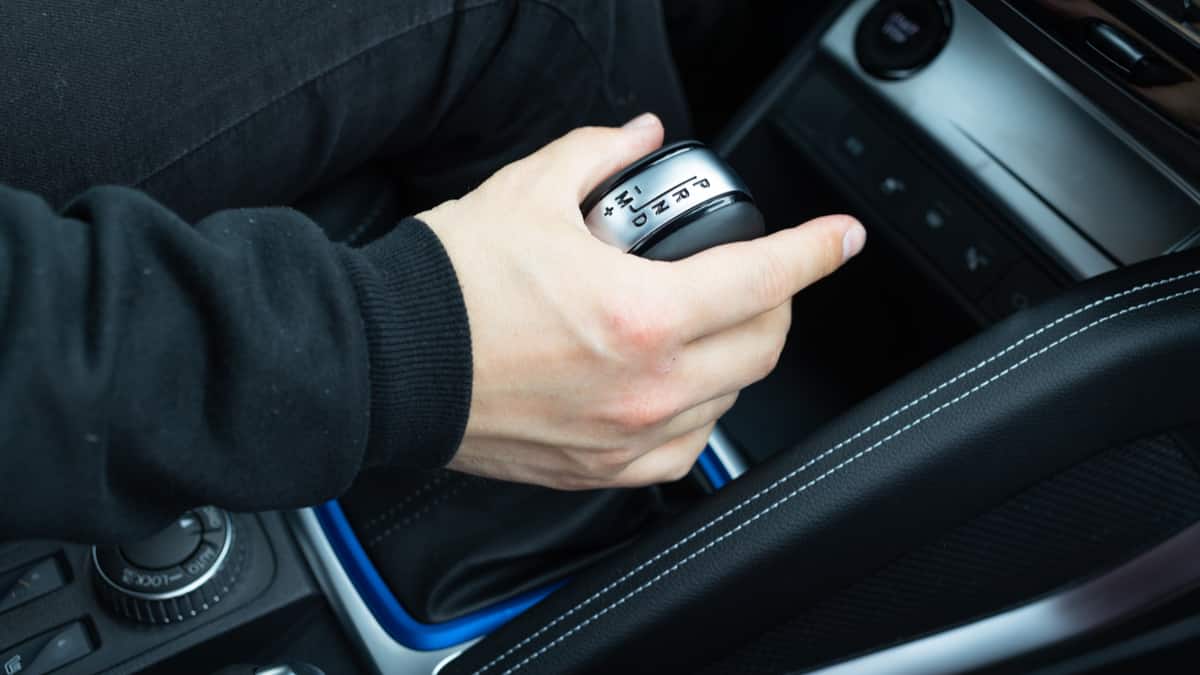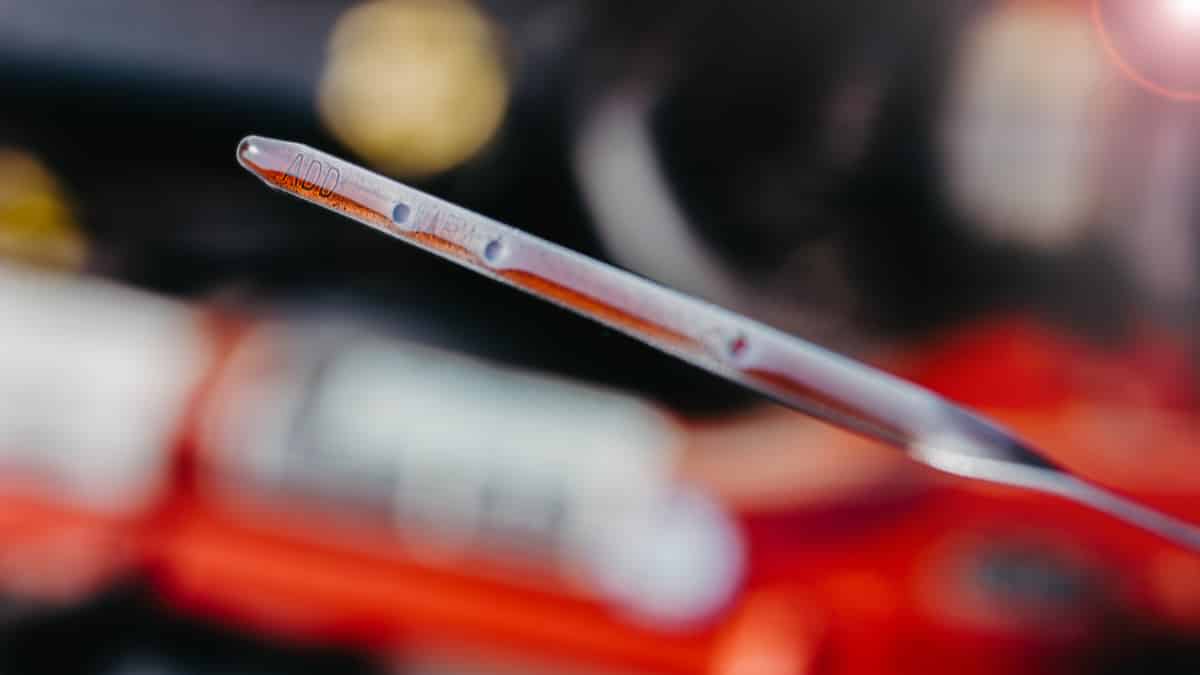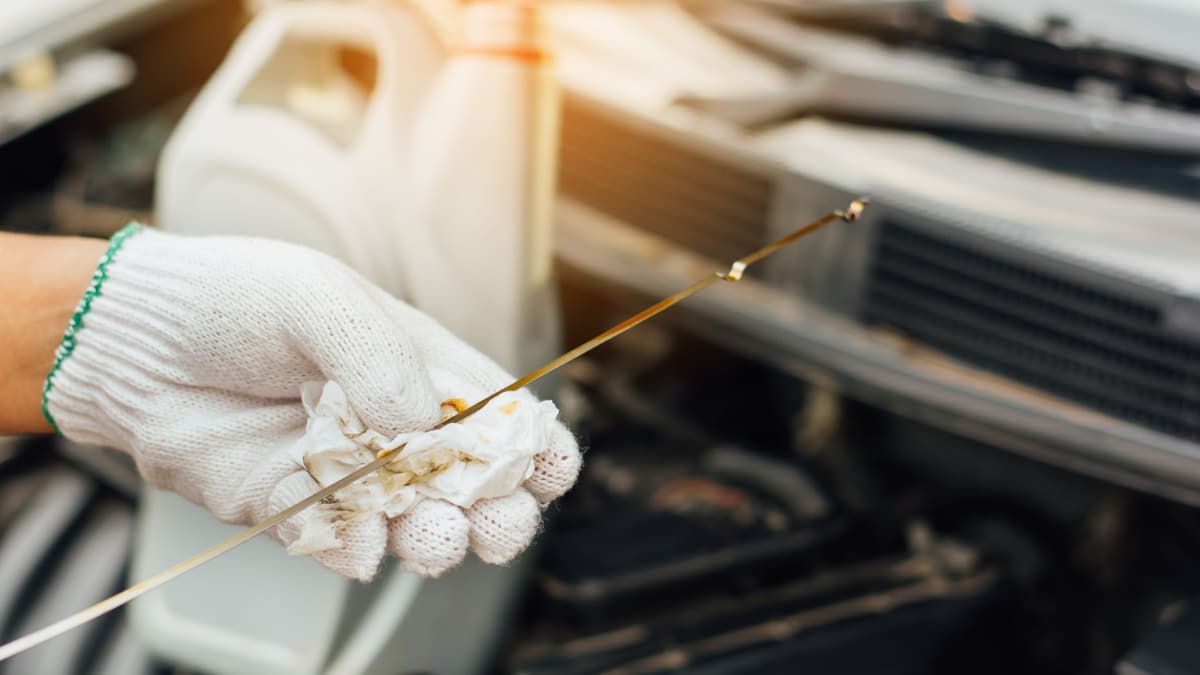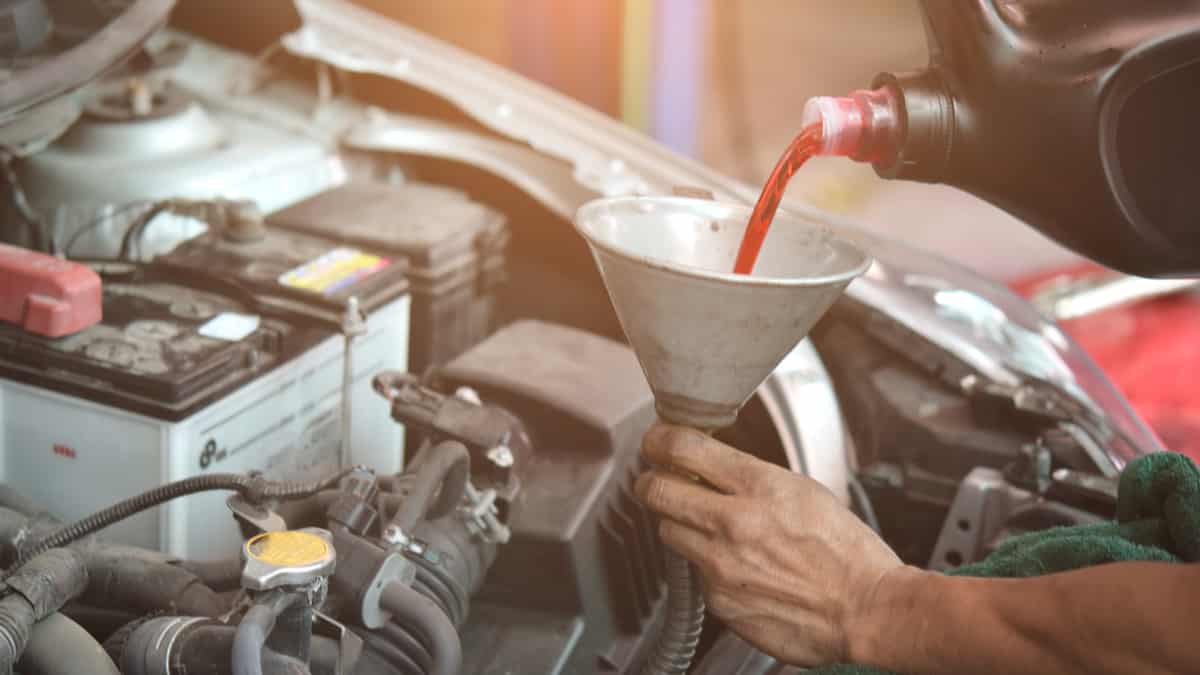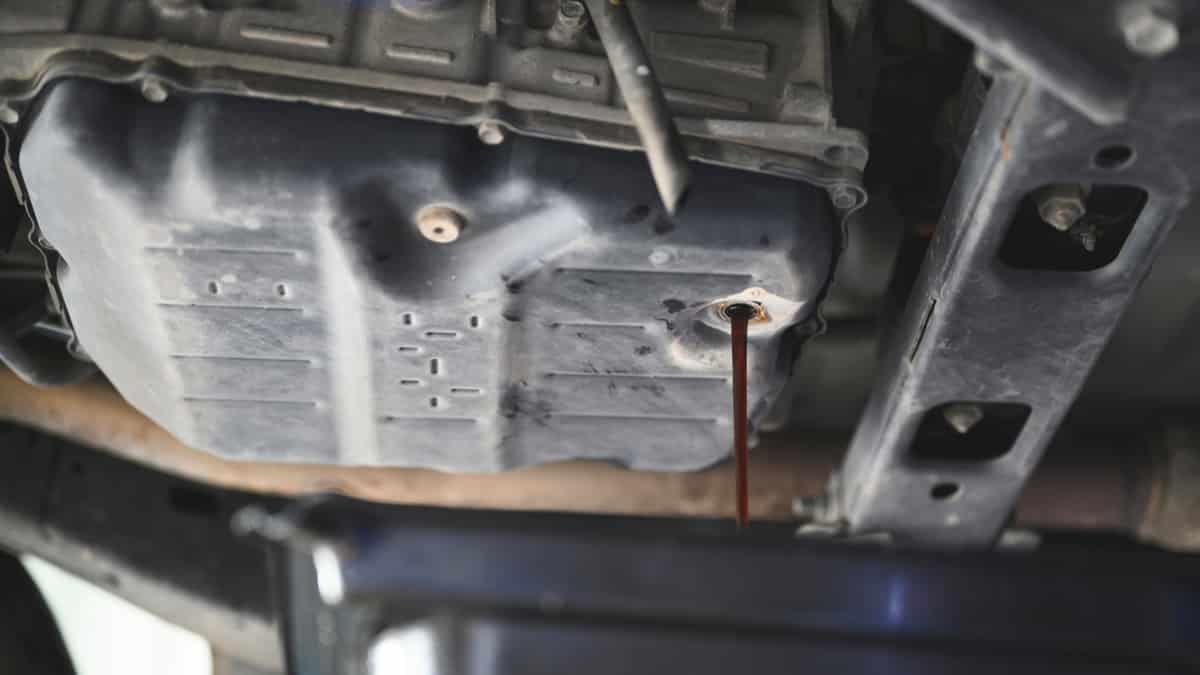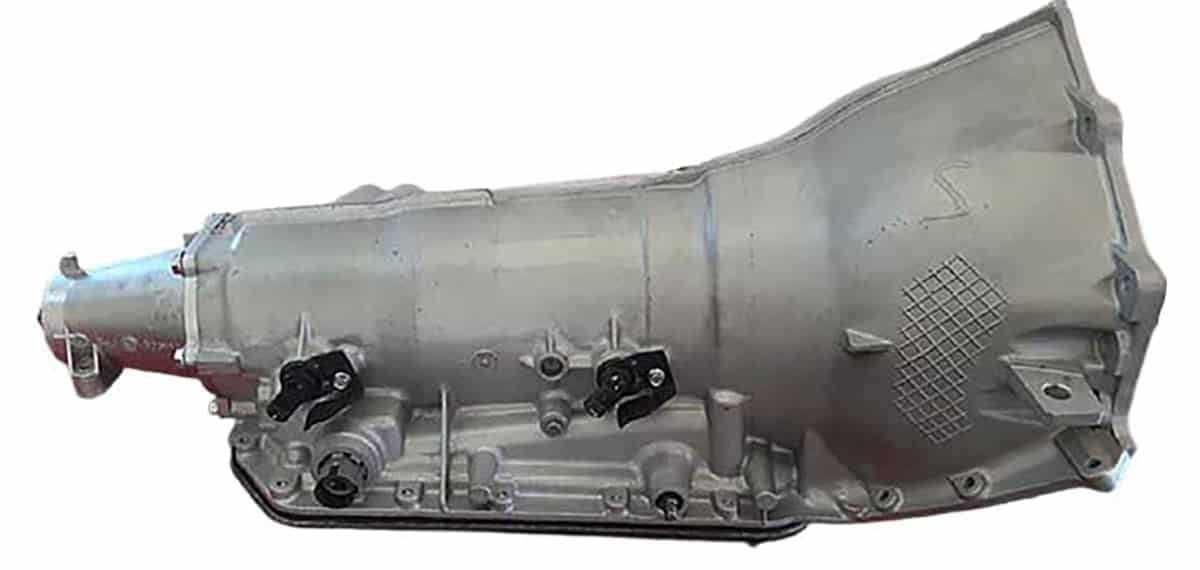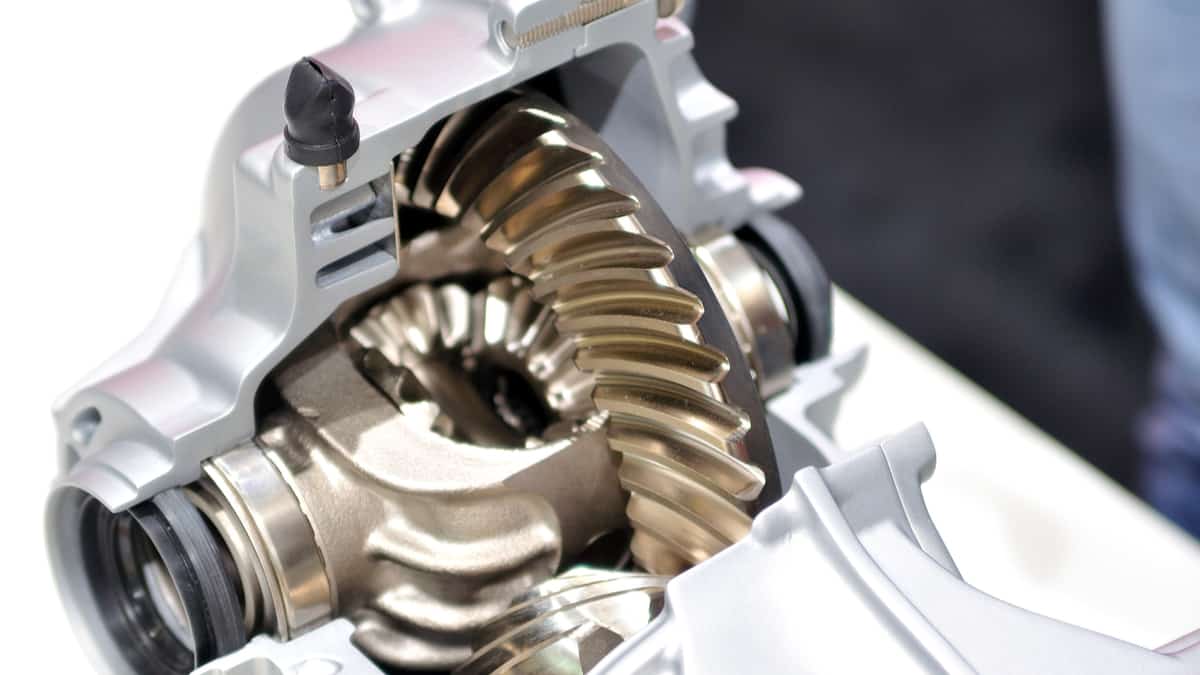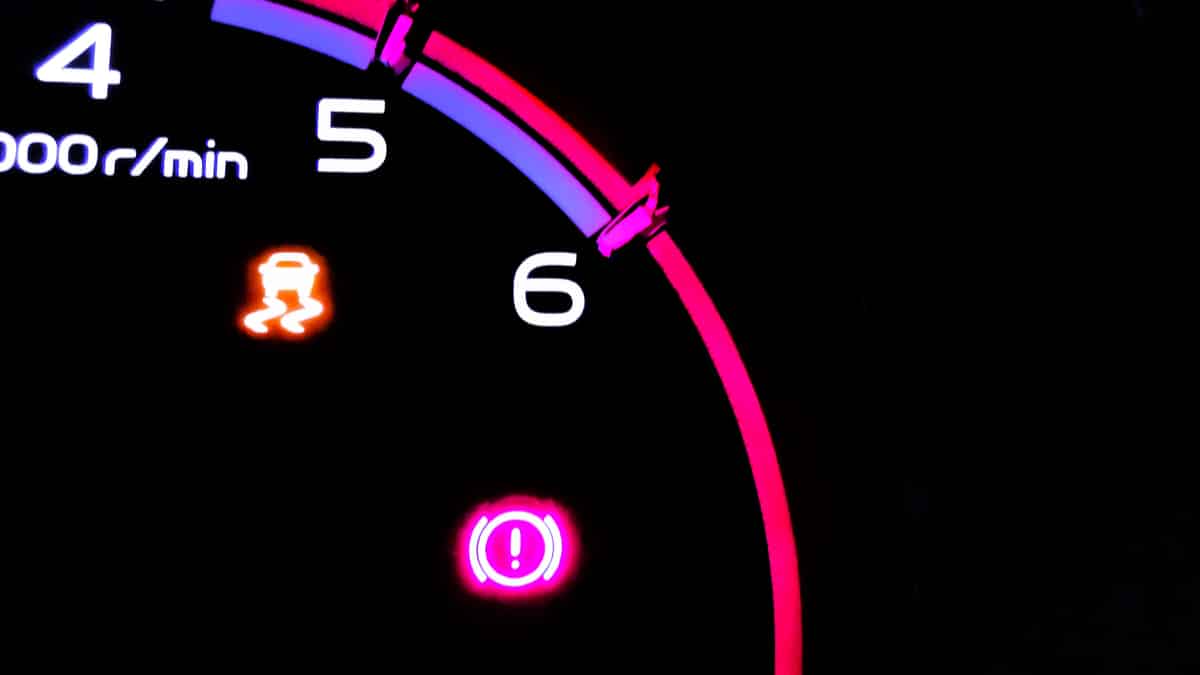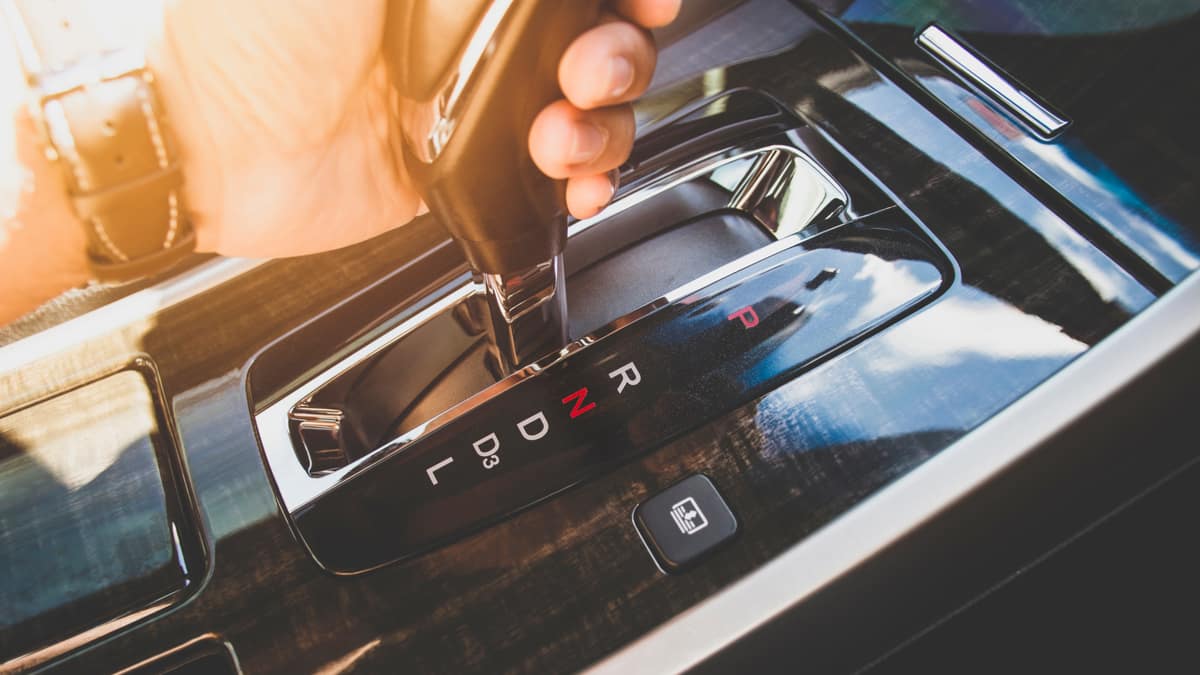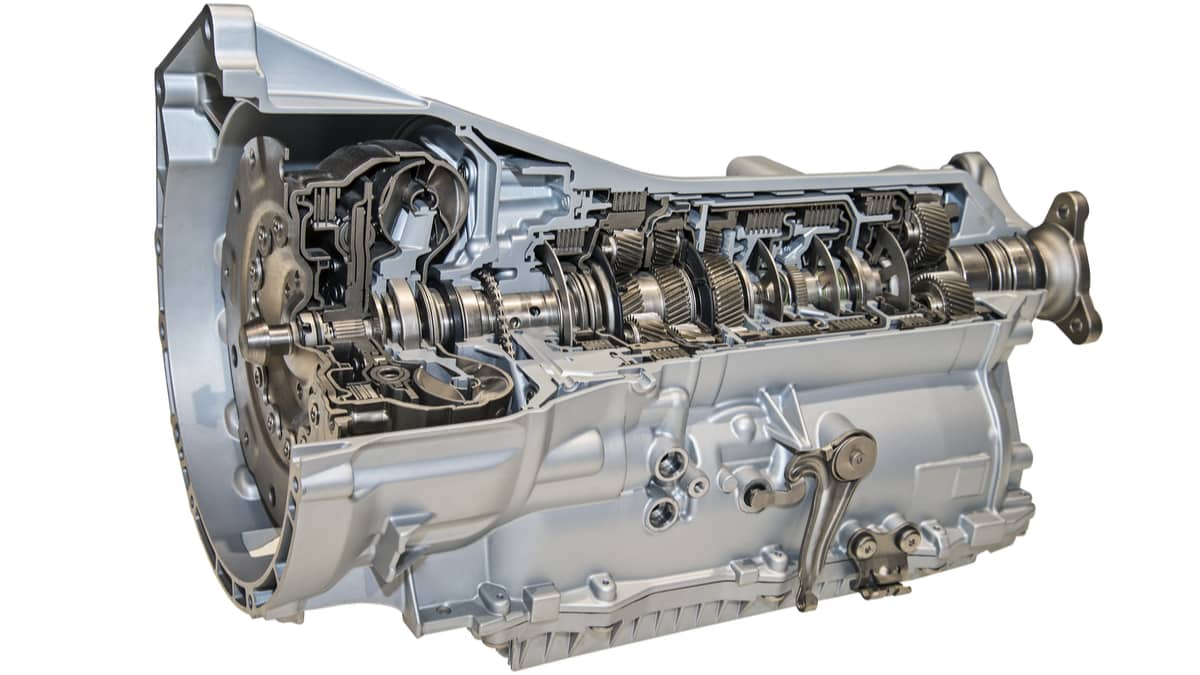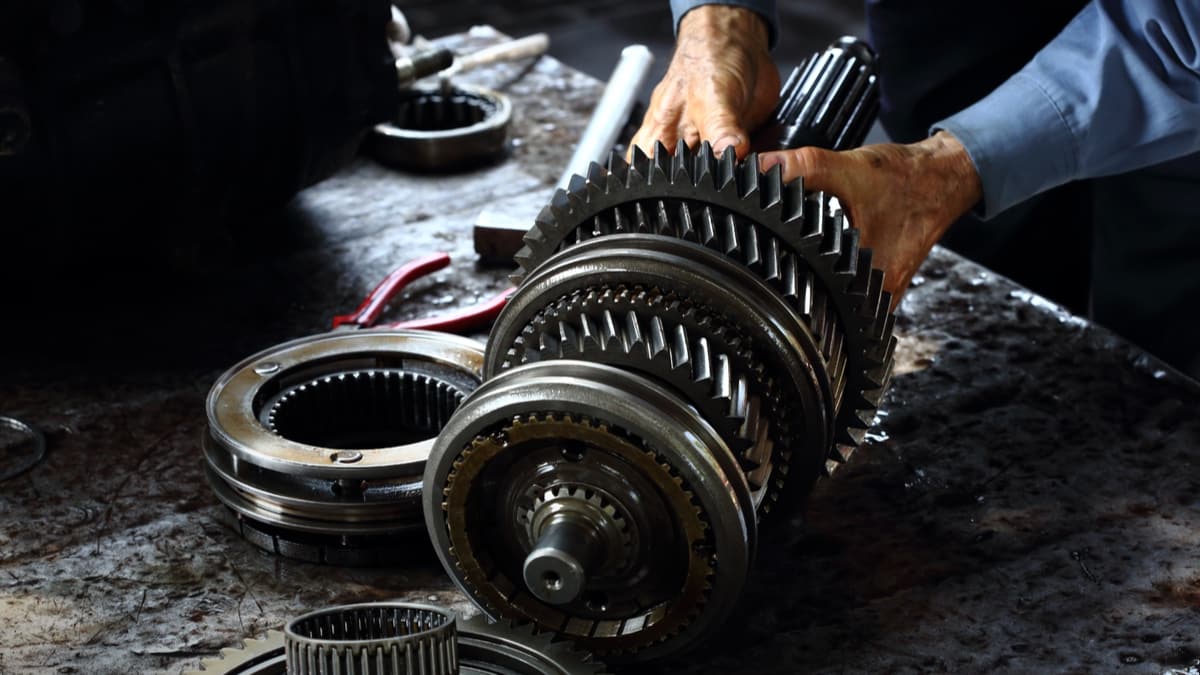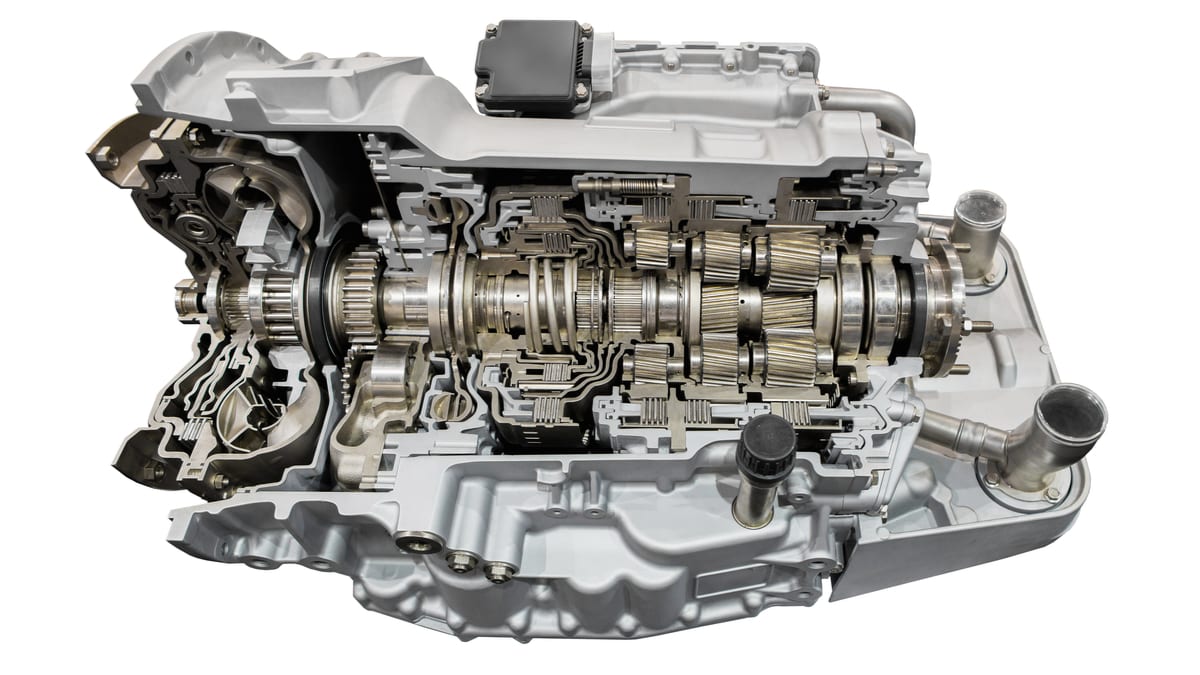Problems with your transmission are often something you want to prevent, as these problems can often lead to expensive repair costs. Unfortunately, problems can arise with cars whether you want them or not.
But what about a slipping transmission? Will it always result in expensive repair costs, or is it enough to replace the transmission fluid to fix the issue?
In this article, I will talk about the most common symptoms & causes of a slipping transmission and how you can fix it.
What Does A Slipping Transmission Mean?
A slipping transmission means that the automatic transmission does not shift and engage the gears correctly and that the engine speed and transmission speed do not correlate. It can be seen as the same as a slipping clutch in a manual transmission.
There are many ways you can notice if your transmission is slipping or not, so keep reading!
Symptoms of a Slipping transmission
The most common symptom of a slipping transmission is that your engine RPM speed will not match up with the vehicle’s speed. If you owned your car for a while, you have probably learned how your engine behaves and when your transmission should shift to the next gear.
If you feel that the engine RPMs rise when you try to accelerate, but the car doesn’t go faster, you have a slipping transmission.
Other symptoms that could occur from this are burnt smells from the transmission, grinding noises, or warning lights on your dashboard. You may also notice several shifting problems like slow and delayed shifting.
Now that you know the most common symptoms of a slipping transmission, let’s take a look into the common causes of why it happens!
Slipping Transmission Causes
The most common cause of a slipping transmission is low or burnt transmission fluid. It can also be caused by worn transmission bands, a faulty torque converter, or faulty shift solenoids. In rare cases, a bad TCM can cause it.
Here is a more detailed list of what can cause the transmission to slip:
1. Low Transmission Fluid

Low transmission fluid is probably the most common cause of why your transmission is slipping, and probably also the easiest to fix.
When the fluid level drops, the pressure required to engage the gears properly is reduced. This causes a strain during shifting, which causes it to start slipping and then overheating the transmission fluid.
Checking the transmission fluid is often super easy. You can check the dipstick in the engine bay, or check your service manual on how to check the transmission fluid level.
Remember that the transmission system is a sealed system, and the transmission fluid should not disappear if it isn’t leaking. Therefore you need to repair any leaks to prevent the same problem in the future.
2. Burnt Transmission Fluid
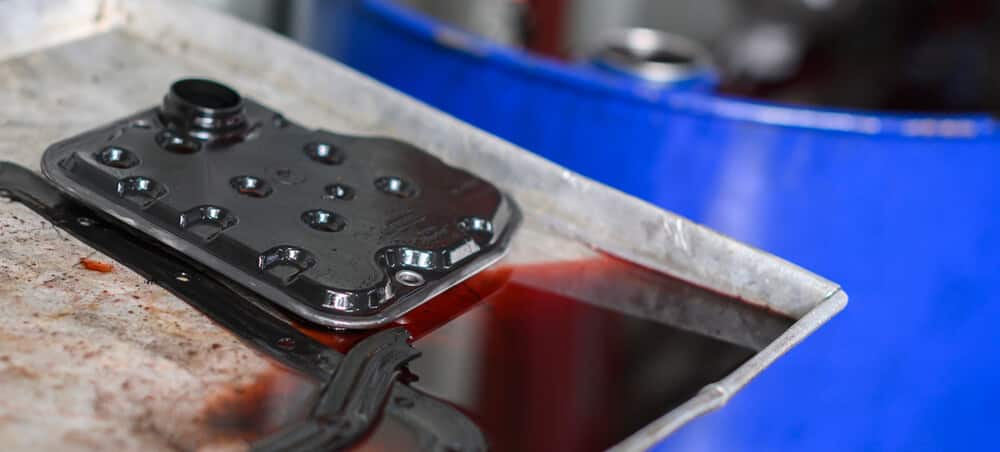
Transmission slipping can also be caused by burnt transmission fluid. The burnt fluid smells like burnt toast and has an abnormally dark color. If the transmission fluid burns, it becomes ineffective.
This can cause issues with most functions in your transmission and can therefore also cause your transmission to slip.
If your transmission fluid smells burnt, it is definitely time to change it or replace any faulty parts in the transmission causing it.
Burnt transmission fluid occurs when your transmission overheats, but it can also be a mix of very old transmission fluid combined with high fluid temperature. Worn parts can also cause black transmission fluid that needs to be changed.
Learn more about the colors here: Transmission Fluid Color Chart – 5 Different Stages
3. Worn or Broken Transmission Bands
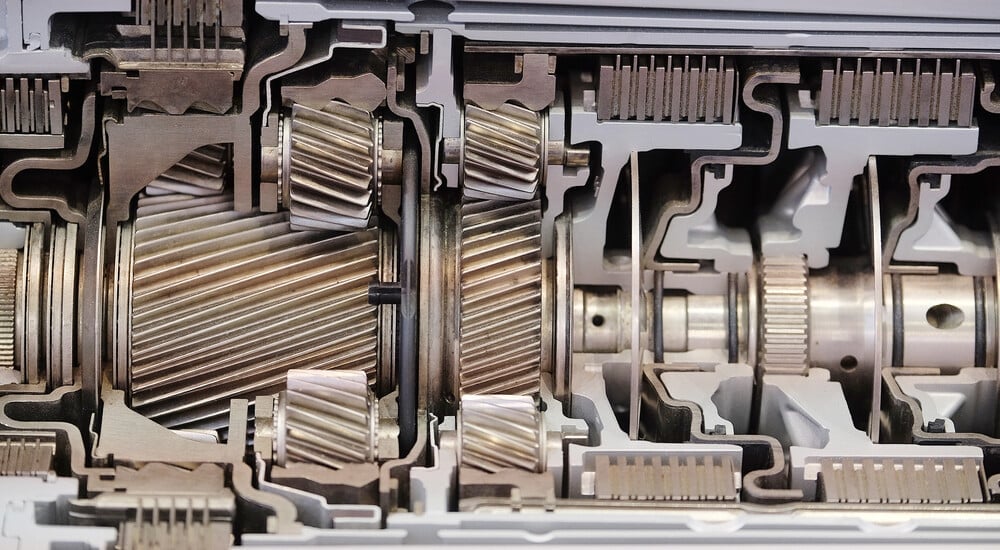
There are transmission bands in many automatic transmission types that link the gears in the automatic transmission together. These bands will wear out with time, so you may have to adjust them.
This was much more common in older transmissions, when adjusting the transmission bands was sometimes part of the scheduled service.
Nowadays, you should not have to replace these bands during the car’s lifetime, but it can happen. Unfortunately, you have to rebuild the whole transmission for this. You really want to replace the bands instead.
Not all transmission types have these transmission bands, but many do, so it is definitely worth considering when you are looking for reasons why your transmission is slipping.
4. Faulty Torque Converter
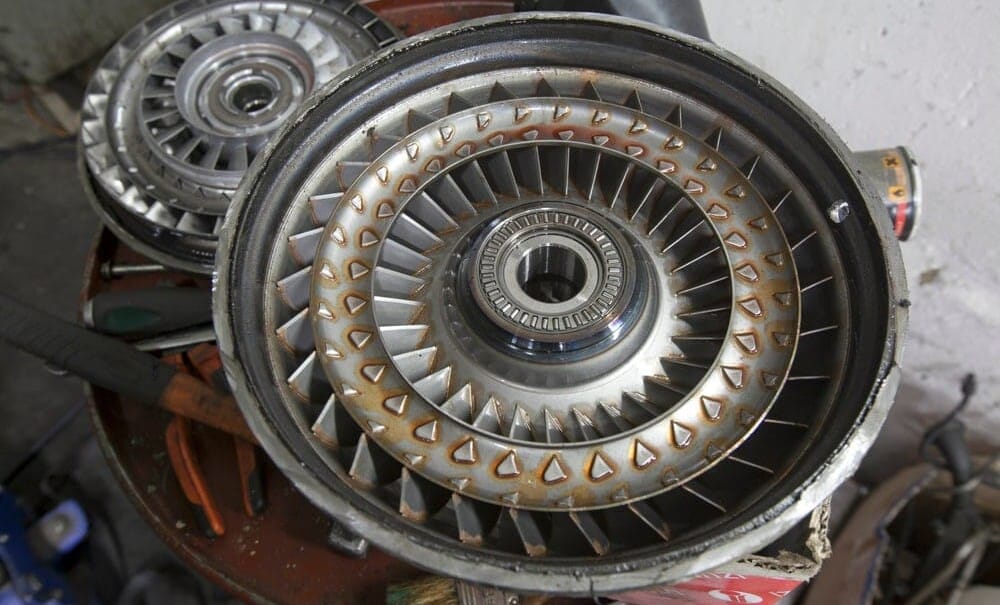
A faulty torque converter is a very common part that can cause a slipping transmission. The torque converter is the part that works as a clutch in automatic transmissions.
It is filled with transmission fluid, and it uses the fluid to convert power from the engine to torque to the wheels.
The most common problem with the torque converter is that it fails to build pressure to transfer the torque properly and it will therefore cause a slipping transmission.
You can learn more here: 6 Symptoms of a Bad Torque Converter
5. Faulty Shift Solenoids
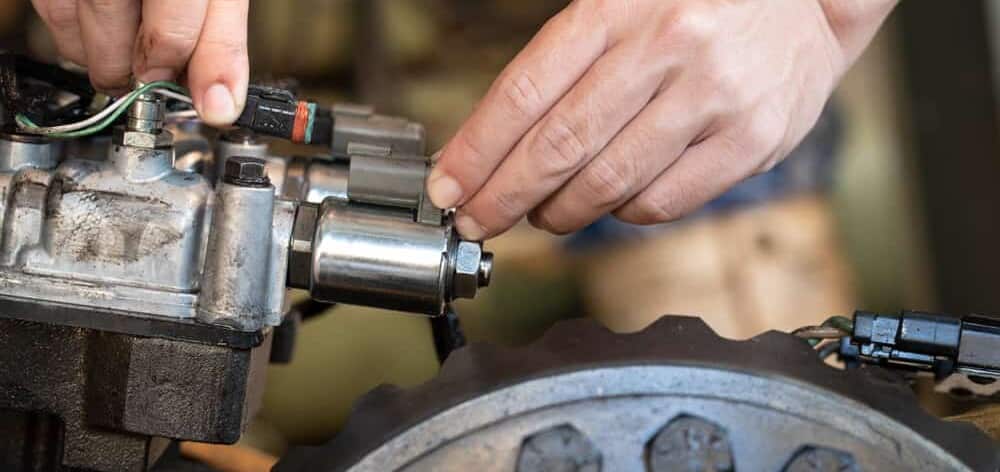
Shift solenoids are electronic valves that handle the hydraulic pressure to make shifting in the transmission occur at exactly the right moment.
If these solenoids are not opening or closing properly, it will cause problems with engaging gears correctly, and one issue that can occur is that your transmission will start to slip.
Faulty wirings to the shift solenoids can also cause them not to function properly, and it can even be caused by a faulty transmission control module in rare situations.
6. A Slipping Clutch
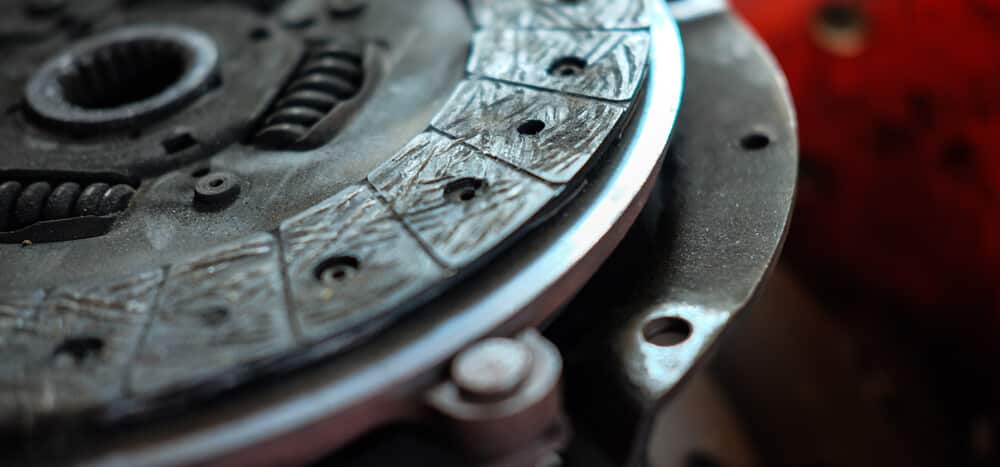
You may think that clutches are only installed in manual cars, but this is far away from the truth. In fact, even the most modern automatic gearboxes use clutches. The fact is that many modern gearboxes are actually manual gearboxes – it’s just that a robot is handling the shiftings instead of you.
You can often find these gearboxes in European cars like Volkswagen or BMW. They are often referred to as DSG, or direct-shift gearbox.
These transmissions often have two clutch plates, though, either wet or dry. The common thing these have is that they will get worn after some time, and therefore they need to be replaced.
How to Fix Transmission Slipping
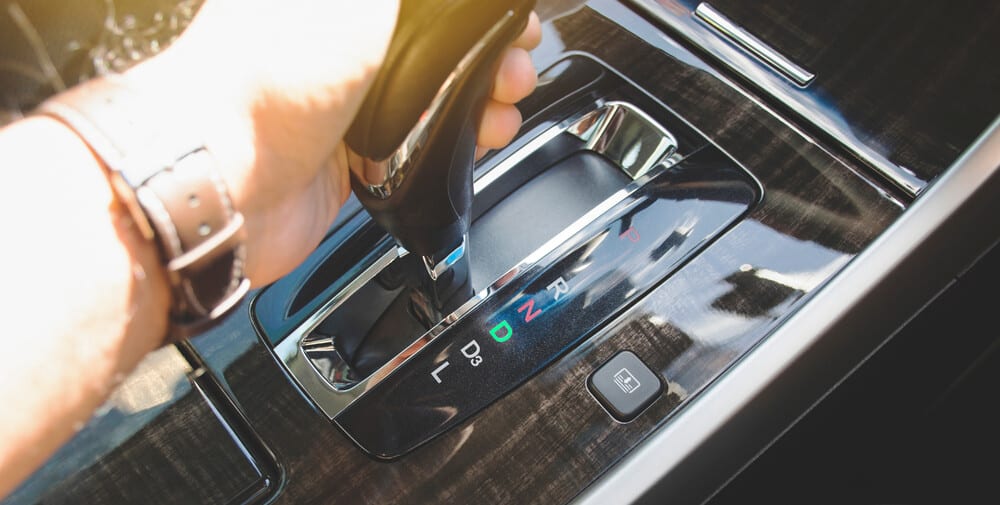
The first step you should take to fix your slipping transmission is to check the transmission fluid level and carefully inspect the condition.
If the fluid level is low, but the color seems fine, you should first try to fill it up. If it is brown, you want to consider changing the fluid and the filter.
If the fluid is black and smells burnt, you definitely want to change it and make a transmission flush.
Learn more about the colors here: Transmission Fluid Color Chart – 5 Different Stages
You can also read the trouble codes with a diagnostic scanner capable of reading the transmission control module. Check for any problems related to the shift solenoids.
If you already changed the fluid and can’t find any related trouble codes, but the problem still occurs, you need to take your car to a transmission expert for an inspection and maybe a transmission rebuild.
How to Prevent Transmission Slip
To prevent your transmission from start slipping, you need to maintain your car and the transmission properly.
The easiest way to prevent transmission from slipping is to change the transmission fluid and filter often or after your specific car model’s specified schedule.
Check the fluid level once a month and repair any leaks from the transmission to prevent a low transmission fluid level. This will prevent many issues with your transmission.
Can you drive a car with a slipping transmission?
It is not recommended to drive your car with a slipping transmission. When the transmission is slipping, it will cause a lot of heat in the transmission fluid, which may burn and damage many other expensive parts of your automatic transmission.
Therefore, it is recommended to either fix the problem or let an expert look at the problem before deciding to go on any road trips.
Categories: Transmission, Troubleshooting
